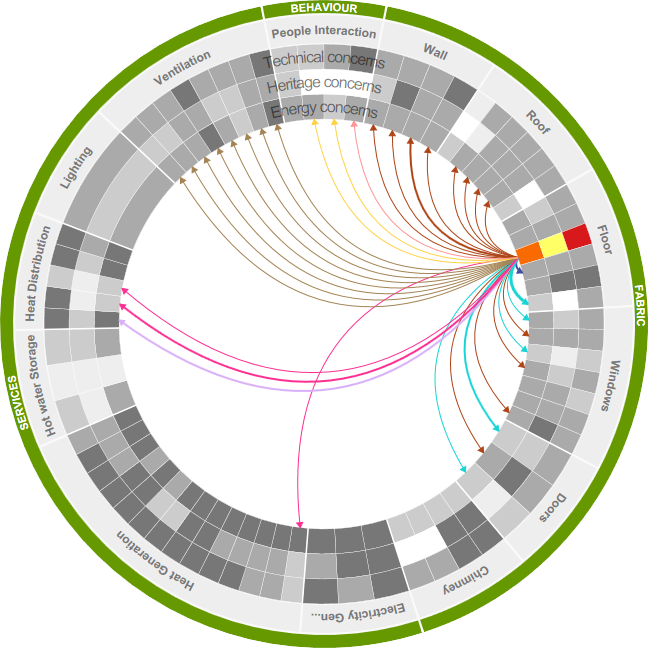Reference: Drying of brick walls after impregnation (1996) Künzel, H.M. and Kießl, K.
Original document location: Click here
Abstract or summary
Elevated moisture due to driving rain impact on unrendered brick walls can lead to frost damage or accelerated decay of the exposed facade. Additionally, in the case of monolithic exterior walls which are often encountered in historic buildings, a high water content reduces the already low thermal resistance of the wall, thus leading to poor hygienic conditions. Since the appearance of the facade should in general remain unaltered for aesthetic reasons, the obvious measure to improve the moisture protection and thermal quality of brick masonry is the impregnation with water repellent agents, possibly combined with an interior insulation. In field test, the effect of siloxane impregnation on the moisture behaviour of exposed brick masonry with and without cracks was examined in comparison with untreated as well as with sheltered facades. In all cases the impregnation of exposed wall elements with elevated moisture led to a drying process which resulted in low water contents, similar to the moisture conditions of sheltered facades. The drying of the impregnated wall elements with a thickness of 24cm takes about a year. Since monolithic brick walls of historic buildings are mostly thicker, complementary heat and moisture transport calculations were carried out for represenetative walls. Depending on the interior finish (e.g. insulation) of such brick walls, the drying time after impregnation ranges from 2 to 7 years. In order to avoid frost damage or a long dry-out time, an interior insulation is best applied some time after impregnation.

